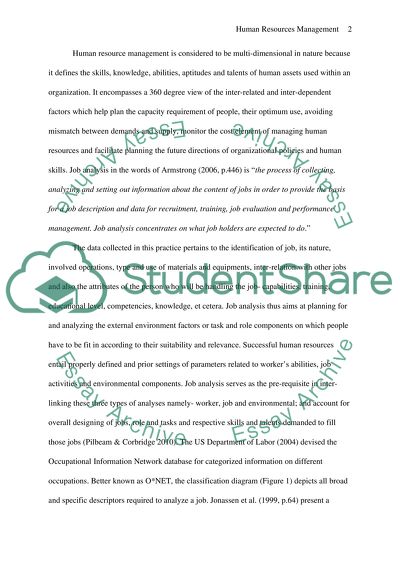Cite this document
(“Critically discuss the organisational purposes that job analysis can Essay”, n.d.)
Retrieved from https://studentshare.org/environmental-studies/1410745-critically-discuss-the-organisational-purposes
Retrieved from https://studentshare.org/environmental-studies/1410745-critically-discuss-the-organisational-purposes
(Critically Discuss the Organisational Purposes That Job Analysis Can Essay)
https://studentshare.org/environmental-studies/1410745-critically-discuss-the-organisational-purposes.
https://studentshare.org/environmental-studies/1410745-critically-discuss-the-organisational-purposes.
“Critically Discuss the Organisational Purposes That Job Analysis Can Essay”, n.d. https://studentshare.org/environmental-studies/1410745-critically-discuss-the-organisational-purposes.


